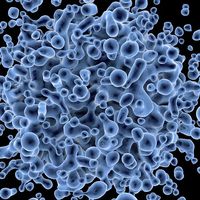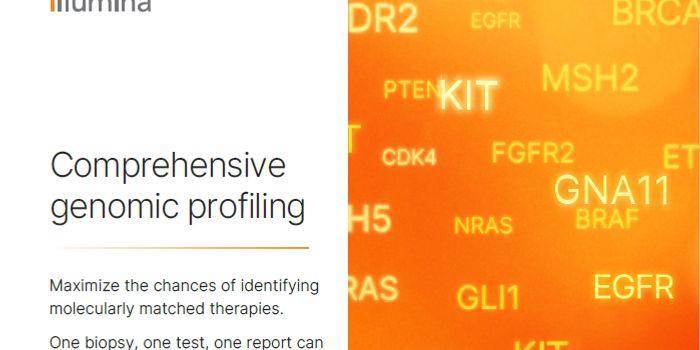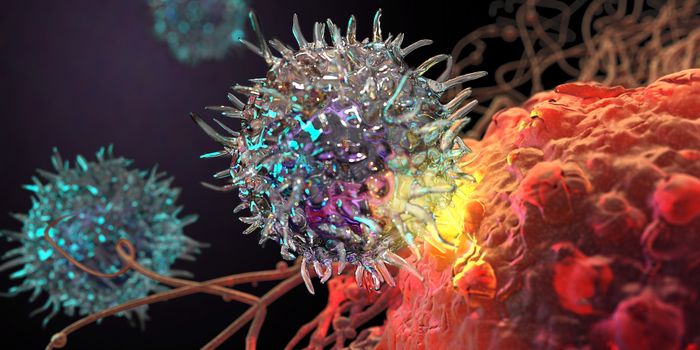Immune Cells Recognize Cancer Metabolite Marker
The field of cancer metabolism is ever expanding. Scientists are studying new ways to target metabolism to reduce tumor growth. In healthy cells energy is obtained through complex metabolic processes including the citric acid cycle and oxidative phosphorylation in the mitochondria. In cancer cells, energy is obtained through glycolysis in which high levels of glucose are taken up and processed with or without oxygen followed by lactic acid fermentation. This process is known as the Warburg Effect, after the man who first noted it, Dr. Otto Heinrich Warburg. The survival and progression of tumors depend on this process, which allow cells to proliferate at an uncontrollable rate. Unfortunately, scientists are still unsure of the exact mechanism and therapeutic implications of this process.
A recent study in Science Immunology, by Dr. Gennaro De Libero discovered how cancer cells that alter their metabolism leave behind traces of metabolite on their cell surface. As a result, this new understanding can lead to improved therapeutic treatments. De Libero is a Research Group Leader at the University of Basel in the Department of Biomedicine. His research focuses on tumor protein recognition by immune T cells, which are responsible for attacking cancer cells. Their current work focuses on T cells that target metabolite markers that are expressed by a molecule on the cancer cell surface known as major histocompatibility complex-like molecule MRI. These T cell types are commonly referred to as MR1T cells and can directly find, target, and eliminate tumor cells. Based on gene expression analysis, MR1T cells have varied functions besides cell lysis. This makes the population extremely complex and interesting to study. De Libero has spent most of his career studying this T cell population to understand how they work and how we can efficiently use them to treat cancer.
Due to the rapid proliferation of tumor cells and the metabolism change to meet the proliferation demand, metabolite traces are left behind. These metabolites rest on tumor cell surfaces which MR1T cells can recognize and target. This previous discovery provides an exciting therapeutic treatment option since these MR1T cells rarely target healthy tissues. Consequently, immunotherapies in which MR1T cells are activated will have limited toxicity in patients.
In the study, De Libero and others deciphered the mechanism in which MR1T cells can recognize the metabolite marked tumor cells. Specifically, the altered metabolism in tumor cells produces a molecule that chemically modifies DNA and RNA. As a result, three different metabolic pathways are changed which allow MR1T cells to recognize the tumor. Researchers combined genetic, pharmacological, and biochemical approaches to determine that molecular stress, and changes in metabolism related to DNA and RNA promote MR1T cell activation. This mechanism allows MR1T cells to regulate metabolic changes within the body and eliminate rapidly growing cells.
Overall, De Libero and others discovered how MR1T cells recognize metabolite molecules on tumor cells. Specifically, they indicate how three separate metabolic pathways are altered which allows this recognition to occur. This discovery provides the therapeutic potential to reprogram MR1T cells to actively monitor tumors. The report established foundational knowledge that can improve immunotherapy options and prolong survival in hard-to-treat tumors.
Study, Science Immunology, Gennaro De Libero, University of Basel








